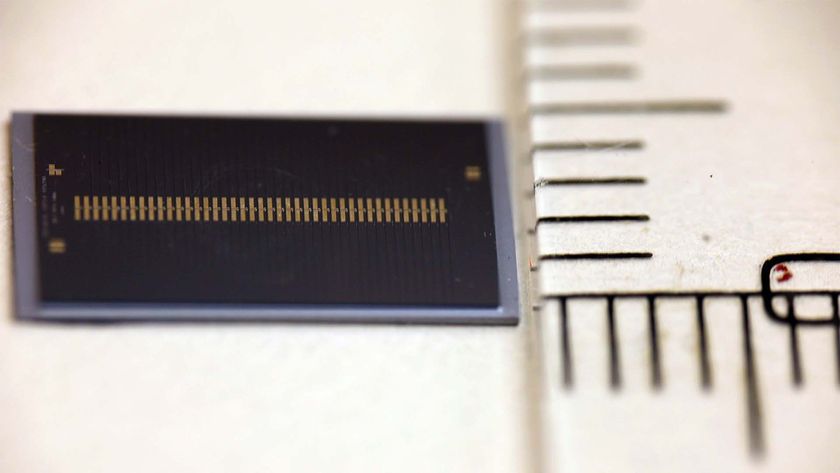Communicating Underground Via Chemical Signals

A new molecular communications system could beam messages and data underground, underwater or inside the body, where other forms of communication aren't practical.
Plants and animals use molecular signaling all the time, from sweet-smelling flowers to insect pheromones. Bees, for example, use pheromones — signaling chemicals among animals — to alarm each other when there's a threat to the hive.
Now, a team of researchers has shown that this chemical language can also be used to send messages in environments where electromagnetic signals can't be used, such as in tunnels, in pipelines or underwater. [Biomimicry: 7 Clever Technologies Inspired by Nature]
To prove their messaging system works, the researchers developed a way to transform a generic message into binary signals (the language of 1s and 0s) and program it into vaporized alcohol molecules, detailing the work online today (Dec. 18) in the journal PLOS ONE.
"We believe we have sent the world’s first text message to be transmitted entirely with molecular communication," said study leader Nariman Farsad, an electrical engineer and computer scientist at York University, in Canada.
By controlling the concentration of alcohol molecules, the team encoded information in binary with a single spray representing a "1" and no spray representing a "0," Farsad said.
The first message the researchers sent was "O Canada," the title of the Canadian national anthem. They sent the message across open space and decoded it using a receiver. The system was built using off-the-shelf electronics for around $100.
Sign up for the Live Science daily newsletter now
Get the world’s most fascinating discoveries delivered straight to your inbox.
"Imagine sending a detailed message using perfume — it sounds like something from a spy thriller novel, but in reality, it is an incredibly simple way to communicate," Weisi Guo, a wireless communications engineer at the University of Warwick, in England, said in a statement.
For example, molecular signaling could be used to wirelessly monitor sewage works and oil rigs, preventing disasters such as the 2010 Deepwater Horizon oil spill or the 2013 ball of congealed fat, or "fatberg," found blocking London sewage networks.
Scientists could also send molecular messages in the human body at the nanoscale (about 0.02 to 0.08 the width of a human hair). They could embed sensors in organs or create miniature robots to perform tasks such as delivering drugs to cancer cells.
Other groups have sent short-range chemical signals in the past, but the new study is the first to communicate continuous, generic messages over several yards, Guo said.
The new method won't replace conventional electromagnetic waves, but it could be a better way to transmit signals deep underground, where electromagnetic systems are limited by the ratio of antenna size to wavelength of the signal. And in the body, molecular signals are nontoxic and don't require as much energy to produce.
The researchers plan to start a company to develop a range of academic and industrial products based on their molecular signaling work.
Follow Tanya Lewis on Twitter and Google+. Follow us @livescience, Facebook & Google+. Original article on LiveScience.












